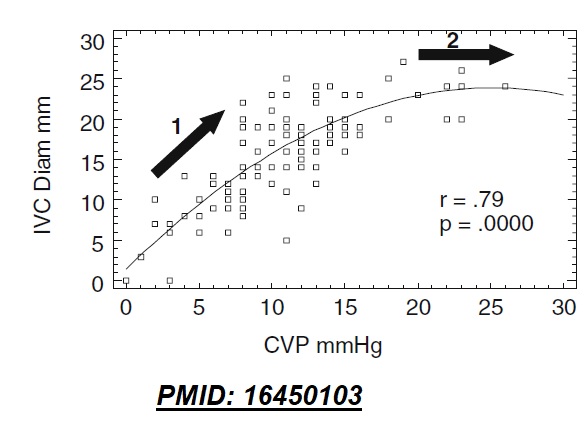*Defining ventricular preload*
The conceptual definition of preload is quite straightforward: end-diastolic myocardial load/stretch. At the microscopic level, it's the sarcomere length we are interested in, which would increase with higher end-diastolic load (preload)
1/
Any further increase in sarcomere length does not improve ventricular performance (flat part of F-S curve).
So when we give fluids, what we're really trying to achieve is an ⬆️in the average sarcomere length.
~~~
The clinical definition of preload is much more controversial!
For LV, the two most commonly used measures are LVEDV and LVEDP
Before we compare these, let's model the ventricle as a fluid-filled perfectly spherical balloon (obviously an approximation). If we fill the balloon with more fluid, it's size (LVEDV) and pressure (LVEDP) will⬆️
**Pitfalls with LVEDV**
(i) For a given LVEDV, the wall stretch (and LVEDP) would vary depending on the physical characteristics of the ventricle. E.g. 110cc is a normal adult LVEDV but would generate enormous LVEDP in kids!
Another example is eccentric hypertrophy (in DCM).
**Pitfalls of LVEDP**
In my mind, LVEDP is a much more robust measure of LV preload and circumvents the pitfalls of LVEDV. However, a few considerations:
(i) It's the *transmural* LVEDP that matters (more on this later)
(ii) A given LVEDP doesn't fully describe wall stress
For a given LVEDP, the amount of wall tension is dependent on the curvature of the sphere. If curvature is low (bigger sphere), same pressure causes higher wall tension.
Here's an excellent tweetorial on this -
Summary:
For a *stressed LV*, preload is a function of LVEDP, LVEDV and LV thickness (w)
Mathematically, volume is the cube root of radius, so the influence of LVEDP > LVEDV.
Also, a thick LV (⬆️w) (e.g. HTN), would result in a lower wall stress for a given LVEDP/LVEDV.
This under-appreciated fact has critical implications:
(i) (Transmural) RA pressure is normally zero.
(ii) Hence, in an unstressed RV, a CVP reading > zero reflects pericardial pressure (more on this later).
Submitting for peer-review with the Heart Failure community!
@FH_Verbrugge @VerwerftJan @TheWrightHeart @CharlieJainMD @yreddyhf @RyanTedfordMD @OKiamanesh @SunitChaudhryMD











